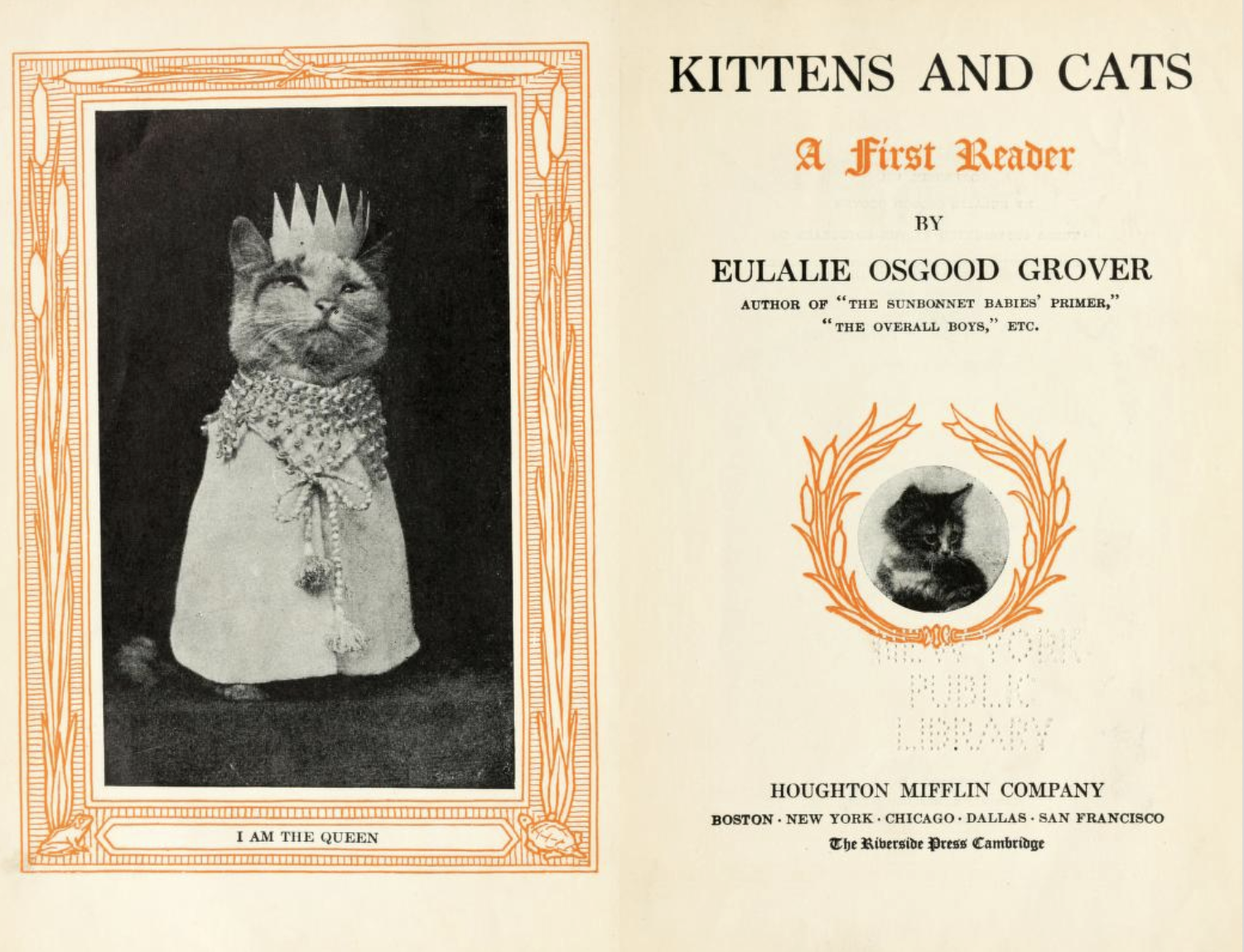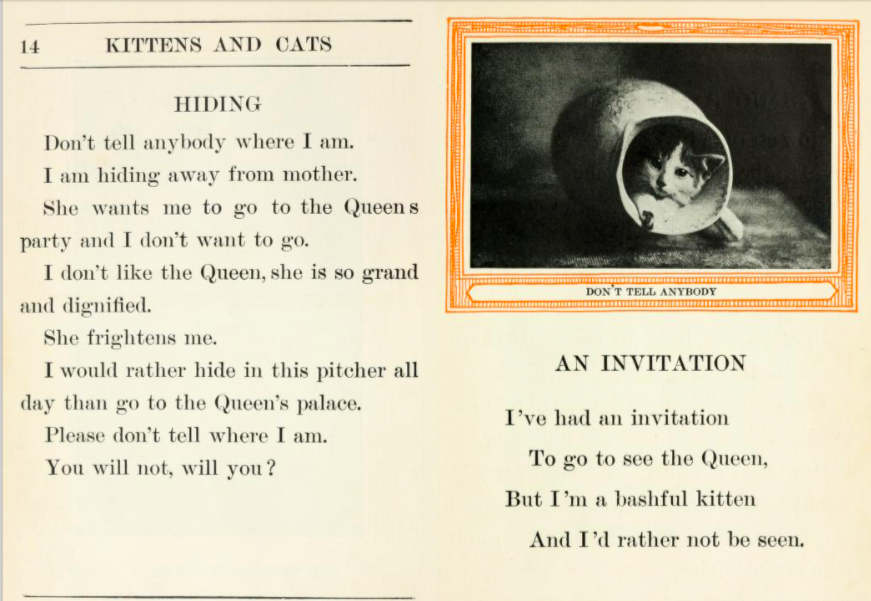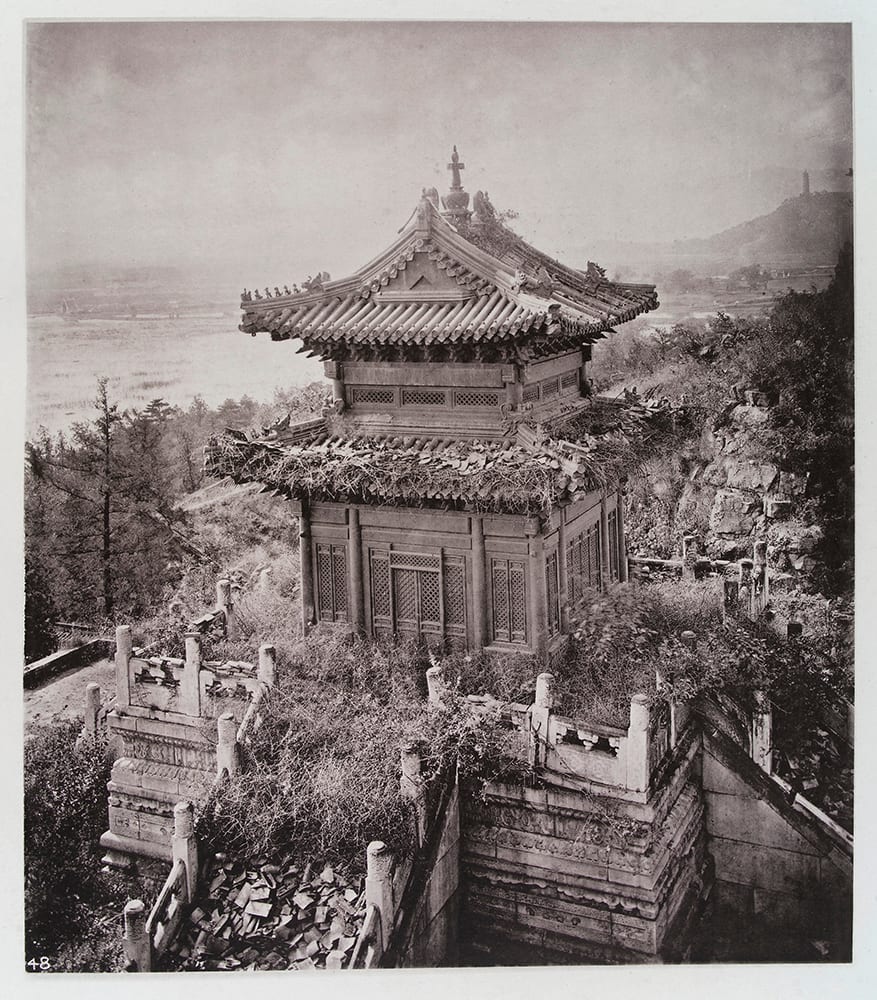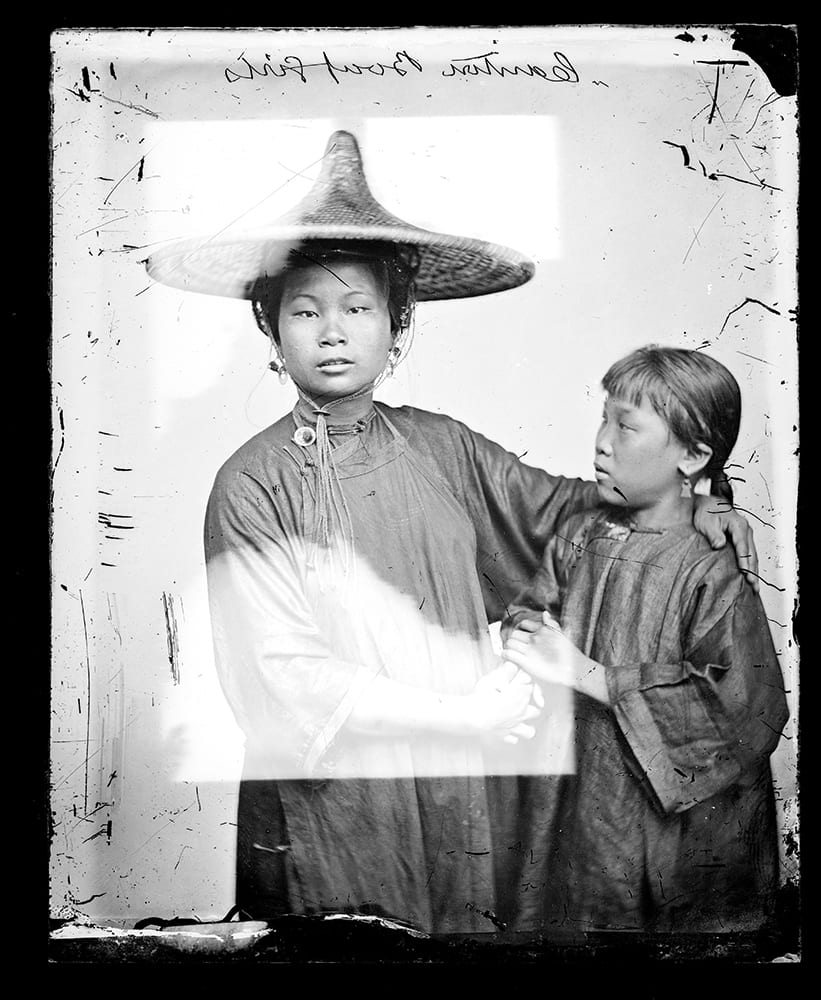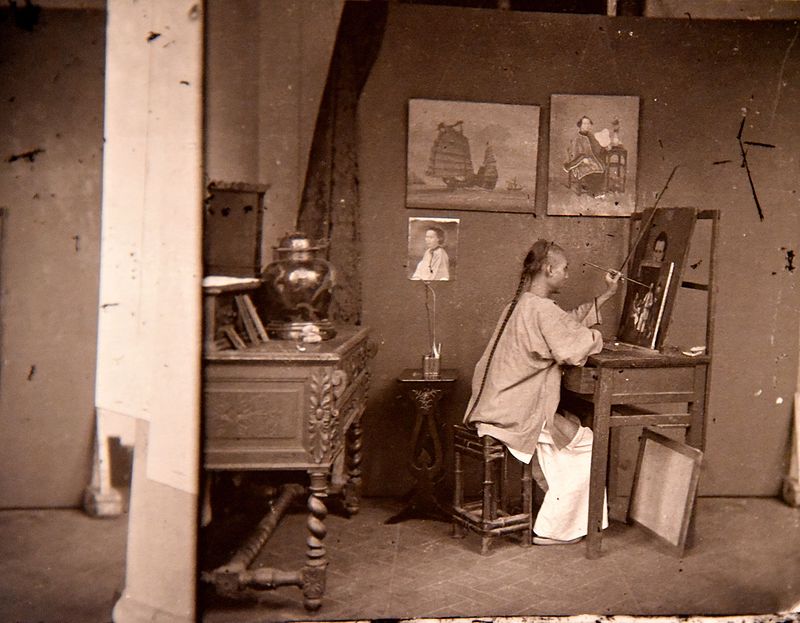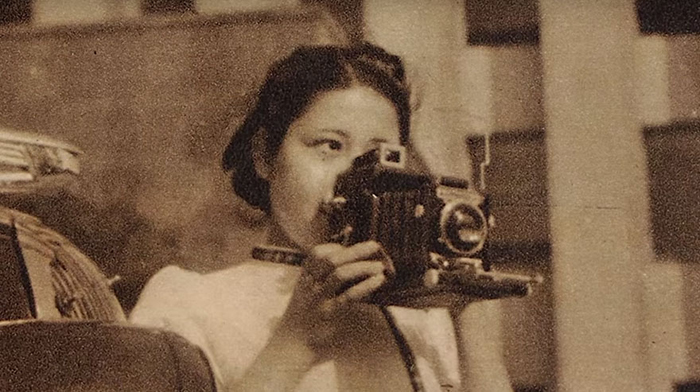During World War II, the United States put thousands and thousands of its own citizens into concentration camps. The wartime internment of Japanese Americans is a well-known historical event, and also an unusually well-documented one — not just in the sense of having been documented copiously, but also with exceptional power and artistry. Much of that owes to the astute photographic observer of early 20th-century America Dorothea Lange, who had already won acclaim for her Great Depression-symbolizing Migrant Mother.
Published in 1936, Migrant Mother was taken under the auspices of the U.S. Resettlement Administration and Farm Security Administration. In 1941, Lange abandoned a Guggenheim Fellowship to throw in with another government organization, the War Relocation Authority, and turn her lens on the interned. “After Japan’s bombing of the U.S. navy base at Pearl Harbor, a surprise attack that left over 2,000 Americans dead, Japanese Americans became targets of violence and increased suspicion,” says the narrator of the Vox Darkroom video above. Fearing the emergence of a “fifth column,” the government arranged the relocation of 120,000 Japanese Americans who had been living on the west coast into remote camps.
“The Roosevelt administration wanted to frame the removal as orderly, humane, and above all, necessary.” Hence the creation of the WRA, a department charged with handling the removal, “and more importantly, documenting it, through propaganda films, pamphlets and news photographs.” The project could hardly have made a more prestigious hire than Lange, who proceeded to photograph “the rapid changes happening in Japanese American communities, including Japanese-owned farms and businesses shutting down.” Her work (see various examples here) captured the final days, even hours, of an established multi-generational society about to be dismantled by the mass evacuation.
The Army disapproved of the narrative created by Lange’s candid photos, many of which were seized and impounded. The offending images depicted armed U.S. soldiers overseeing the removal process, “temporary prisons used while the concentration camps were built,” food lines at the assembly centers, and Japanese Americans in U.S. military uniform. Releasing Lange from the program after just four months, the WRA kept most of her photos out of the public eye. They stayed out of it until a series of exhibitions in the 1970s, which revealed the true nature of the concentration camps. That term is most associated with the Holocaust, to whose sheer destruction of humanity the Japanese American internment cannot, of course, be compared. But as Lange’s photographs show, just having the moral high ground over Nazi Germany is nothing to brag about.
Related Content:
478 Dorothea Lange Photographs Poignantly Document the Internment of the Japanese During WWII
How Dorothea Lange Shot Migrant Mother, Perhaps the Most Iconic Photo in American History
Dr. Seuss Draws Anti-Japanese Cartoons During WWII, Then Atones with Horton Hears a Who!
Based in Seoul, Colin Marshall writes and broadcasts on cities and culture. His projects include the book The Stateless City: a Walk through 21st-Century Los Angeles and the video series The City in Cinema. Follow him on Twitter at @colinmarshall or on Facebook.
